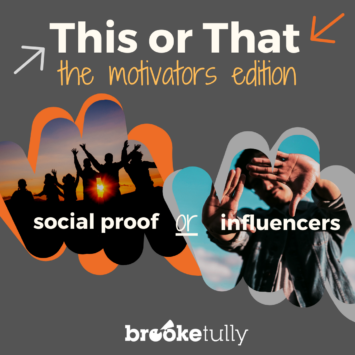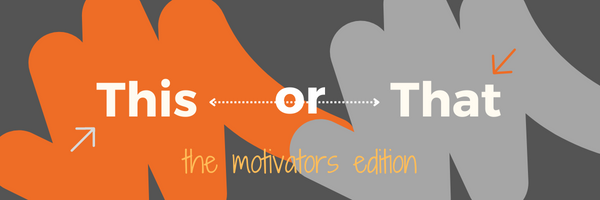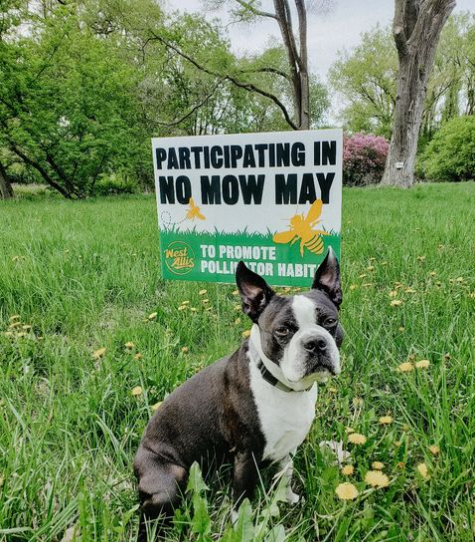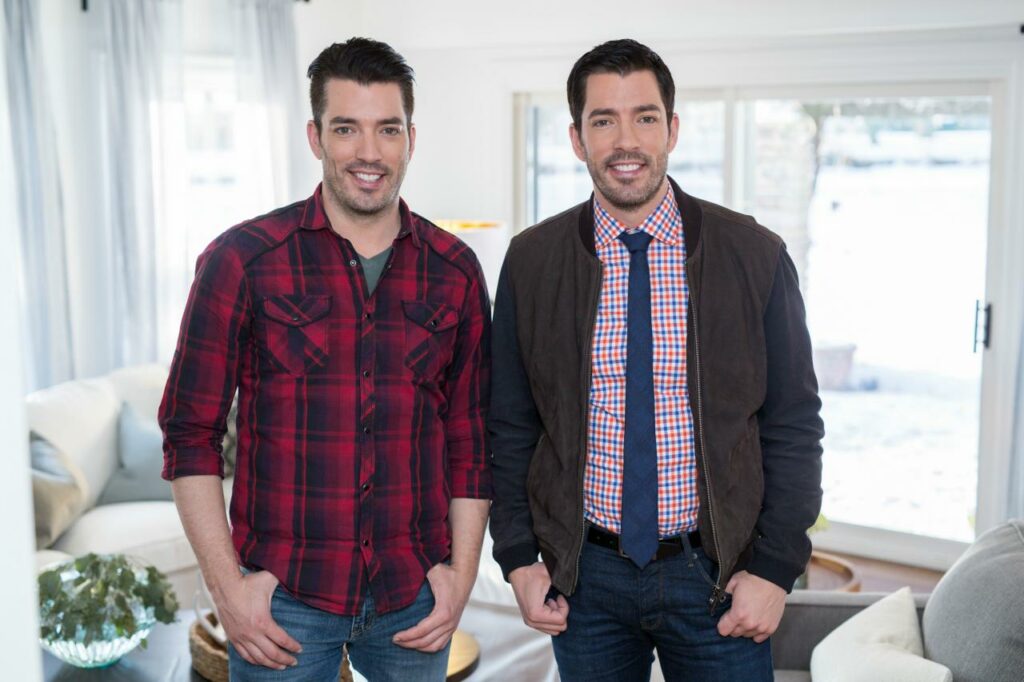
This or That: Social Proof or Influencers?
This or That: The Motivators Edition
In this series, we’re exploring why one motivator may work better than another to spark action in a specific behavior change scenario.
I’ll admit that I may be on the laggard end of the this-or-that-game diffusion curve, but I’m ok with that.

Scenario 1: No Mow May
The behavior change goal: We want households to hold off mowing their lawn until the start of June. Also known as, participating in No Mow May.
Conservation benefit: With the emergence of Spring in the United States, many households begin mowing their lawn as early as May. However, lawn weeds and wild flowers that grow naturally during the early days of the warmer season are important food sources for pollinators – especially the bees.
Learn more about how No Mow May benefits pollinators here.
Target audience: Rural and suburban homeowners in the Northeastern United States who manage their own lawns and typically start mowing weekly in May.
This audience tends to feel connected to where they live and their neighborhood, even if they are not personally connected to each neighbor. They believe in the importance of protecting bees and also love how their house looks with a nice, clean lawn.
Deterrents: What can make the action of not mowing in May difficult for this audience to do?
» Discomfort with having a “messy” lawn. Homeowners have grown up believing that lawns should look neat and clean. Being comfortable with a messy lawn may be difficult for them to do for a whole month.
» Fear of judgment from others. Since manicured lawns have been the norm for so long, homeowners may fear what their neighbors and others will think of their overgrown grass. They won’t want to be seen as lazy, inconsiderate, or incompetent.
» Fear of ticks. Deer ticks, and the risk of getting Lyme disease, are a big problem in the Northeastern U.S. Longer grass can increase the likelihood of getting a tick on you, which could make homeowners concerned about not mowing regularly.
There are other possible deterrents for this scenario, but let’s stick to these three for the exercise.
Given this context, which motivator would you choose to get the audience moving with No Mow May?
How it works: When we hear or see other people doing something new or different, it piques our interest and lowers our internal barriers of fear and inertia.
How we could use it here: We could show or tell the target audience how many other people in the area already participate in No Mow May (descriptive norms) or how many people are trying to mow less frequently in May (dynamic norms).
How it works: Rather than showing what many others are doing, this approach highlights the behavior or endorsement of one or more well-regarded and respected individuals.
How we could use it here:
We could recruit a celebrity influencer to endorse the value of not mowing in May and, better yet, have them show off their own messy lawns. Local influencers, like a well-liked neighbor or Mayor, could be an option as well.
Two celebrity influencer options we could consider: Ron Finley, the Gangster Gardener, and the Property Brothers.
Which would you choose: this or that???
Full disclosure about this series: there’s not going to be a bad option presented.
I thought about taking that route, like pitting social proof against doom & gloom, but that would be too easy!
In most of these scenarios, using both motivators is best. Having social proof AND influencers would be AWESOME!
But if you could only use ONE, which one would you choose?
I’m going with…social proof!
To help overcome the psychological deterrents of this behavior, social proof will work harder to make the behavior socially safe to do.
While influencers can certainly help introduce the behavior to more audiences, and even popularize No Mow May, it won’t help overcome the concerns our audiences face at home.
They will still feel a degree of uncertainty and insecurity about letting their own lawns grow.
As a herd species, we take comfort in numbers. When we see other people doing something, we feel more capable and sure of doing it, too.
Therefore, a key piece of using social proof as a motivator would be making the behavior of others visible, so the audience sees first-hand that other people near them are doing it.
Lawn signs do this well for No Mow May.

The audience can see first-hand that other people are – in fact – leaving their lawns unmowed, which can provide the reinforcement they need to leave the lawn mower in the shed.
And the coolest part about the lawn sign effort is that once a homeowner decides to participate in No Mow May, then they get to put up their own lawn sign.
So the social proof motivator now includes a new motivator of belonging. You’re part of the No Mow May crew!
Let’s break down why this works:
» It helps the audience feel that the behavior is safe to do. They are not alone in making the change and they are not the leaders of the change (many people don’t want to be the innovators and early adopters).
» It reduces their concern of getting judged for having a “messy” lawn. The lawn sign sends a clear signal to others that the homeowner is participating in something, not that they are being negligent.
» In addition to creating a sense of belonging, the behavior includes a bonus intrinsic benefit of doing something good for pollinators. And we love pollinators.
» It’s fun to say. No Mow May! YAY!
I hope you enjoyed the first installment of This or That: The Motivators Edition.




